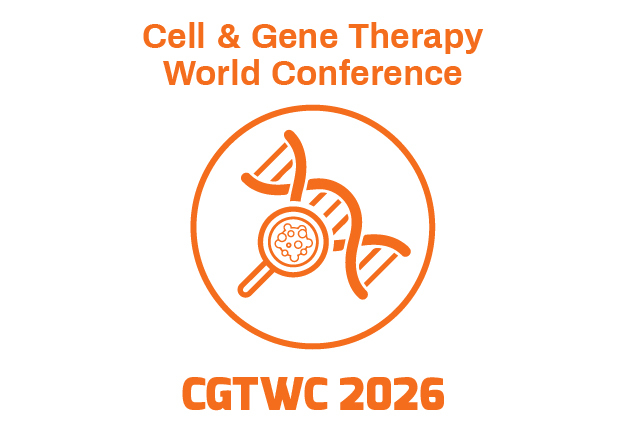Speakers - 2025
Bo Lin
- Designation: Revvity
- Country: United States
- Title: Gene Delivery Vector Comparison Study Using the Celigo™ Image Cytometer
Abstract
Recombinant adeno-associated virus (rAAV) is one of the preferred gene delivery vectors due to its safety and efficacy attributes for cell-based therapies. To develop effective gene delivery vectors, scientists need to consider multiple elements, such as the promoter, insertion location, genetic target, and target gene to name a few. Green fluorescent protein (GFP), or other detection markers are often used to measure vector transduction and gene expression efficiency. Using fluorescent microscopy and flow cytometry, cell samples can be analyzed, however, both methods can be quite time consuming, labor intensive, and lack high-throughput capabilities to quickly monitor gene expression over the time course of the experiment. In this work, we developed and employed the Celigo™ cytometer to screen different gene delivery vectors including, plasmid, mRNA, AAV with or without gene integration element, to determine the GFP gene delivery efficiency in SupT1 cells. GFP signal intensity was monitored 24-, 48-, 72-, and 96-hours following transduction and the viability was tested at 96 hours. Using the Celigo™ image cytometer we were able to monitor transient and integrated GFP expression amongst multiple gene delivery vectors. SB-P-AA-101-07 displayed stronger expression levels at 24- and 48-hours as transient gene delivery reagent. With stable gene expression, both plasmid and rAAV with gene integration element mRNA exhibited over ~90%+ GFP transduction efficiency at 96-hours. The end-point viability assay used a duo fluorescent staining method with Hoechst 33342 and Drag 7™ dyes to display various results ~60-95% amongst gene delivery vectors used, while untransduced samples displayed high viability 95%. Based off this study, the Celigo™ cytometer may prove useful for other researchers developing and screening gene delivery vector efficiency and viability in a high throughput manner.
For Research Use Only. Not for use in diagnostic procedures.


